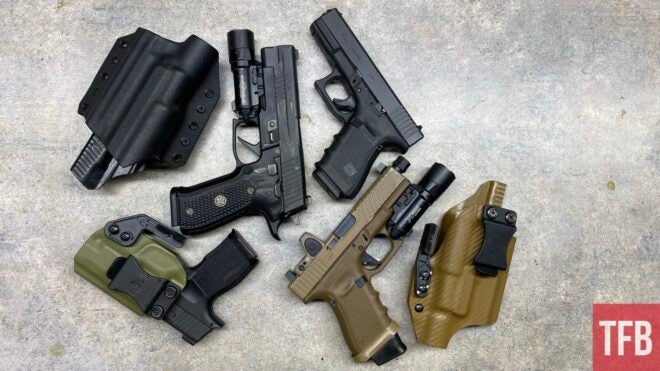Welcome back to another edition of Concealed Carry Corner. Last week, we discussed the biggest mistakes concealed carriers make when starting out. If you happened to miss that article, be sure to click the link here to check it out. For this week’s topic, I wanted to dive into some of the most common carry methods and rank them from best to worst in my experience. I often question why I carry a certain way, so I figured this would be the easiest way to break down how and why I carry the way I do. Let’s take a closer look at some of the best to worst carry positions.
Concealed Carry Corner @ TFB:
- Concealed Carry Corner: Biggest Carry Mistakes – Part 2
- Concealed Carry Corner: Biggest Carry Mistakes
- Concealed Carry Corner: The Mythical Do-All Carry Pistol
- Concealed Carry Corner: The Importance Of Magazines
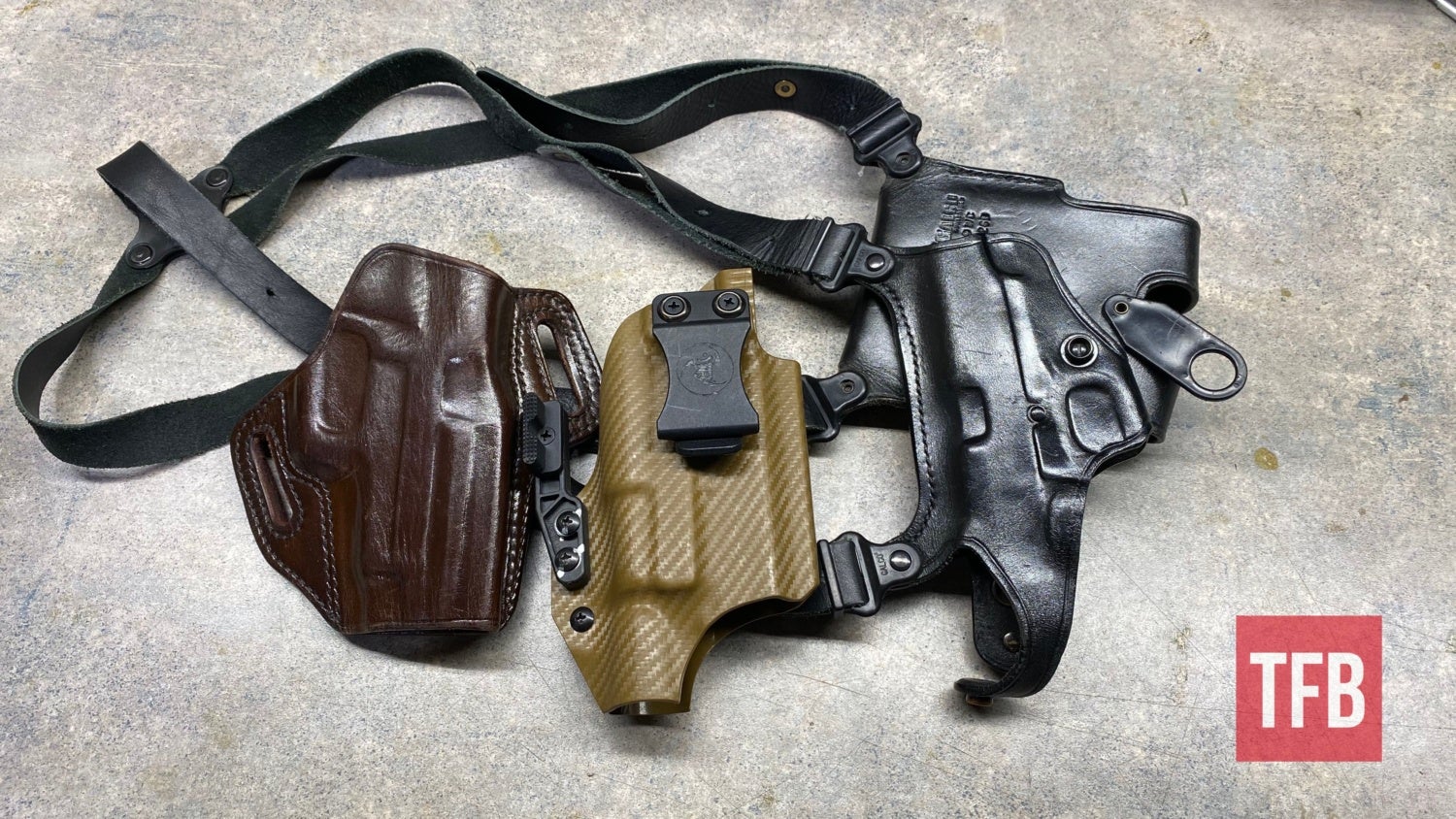
1. Inside/Outside The Waistband Carry
One of the most common carry methods and one of the most effective for long-term carry in my opinion has to be either inside or outside the waistband carry. The two carry methods are different in their own way, but both have fundamentally the same advantages. Carrying on your waistband allows you to securely carry your firearm in a static movement. Just like in football, the waistline when carrying is always the most stable area and moves the least which is why they tell football players to watch the waistline.
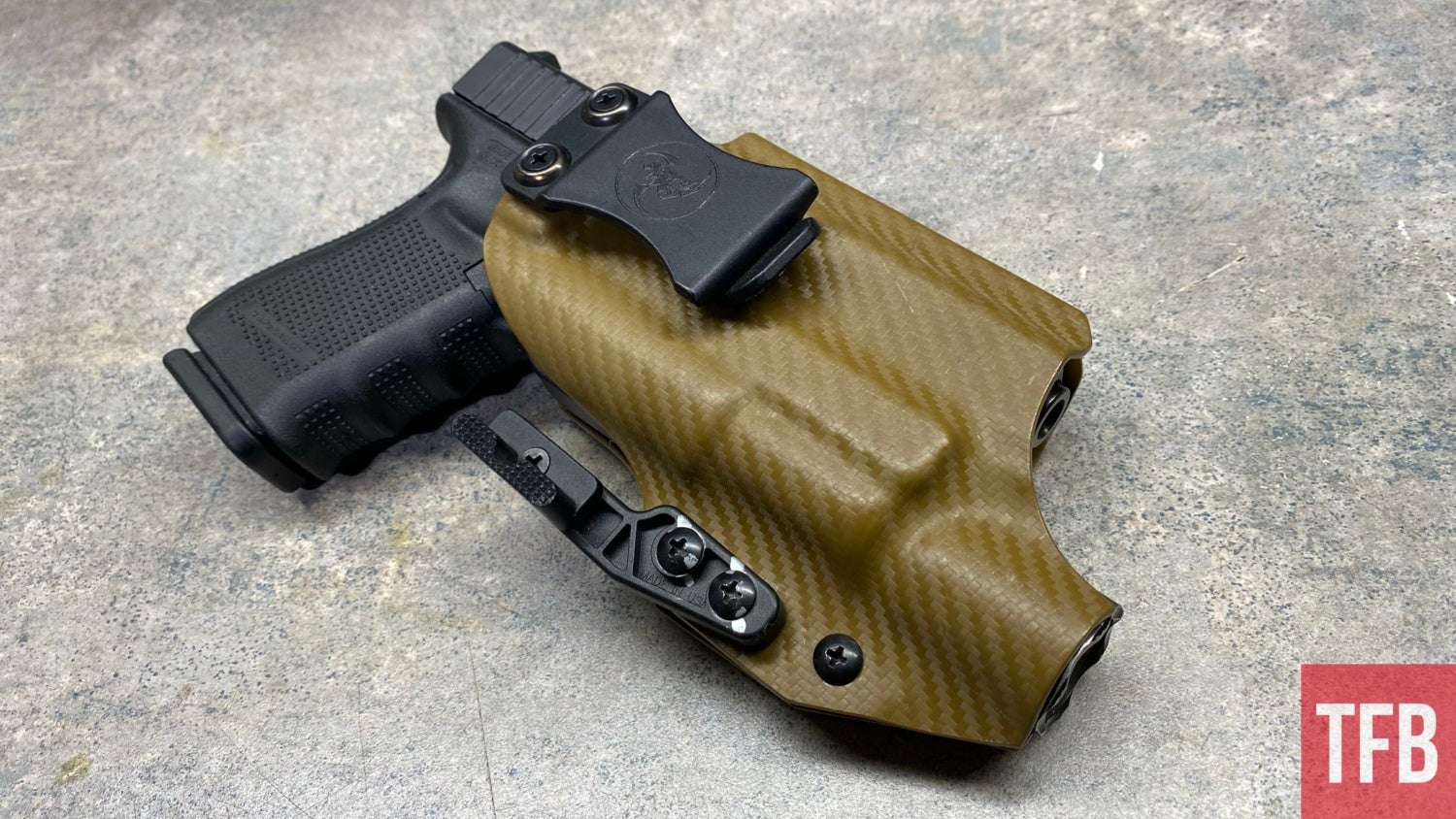
Personally, I prefer inside the waistband because not only is it comfortable for me but also allows me to carry consistently whether it’s a small Glock 43 in the summertime or a larger full-size frame in the wintertime. Everyone always asks the question if they should appendix carry or rather carry on their hip which is also known as strong side carry. The biggest determining factor in this decision boils down to your body type and ultimately what’s most comfortable for you. Skinny or athletic builds will typically be able to conceal a larger firearm more comfortably appendix style whereas bigger guys like myself will be able to conceal a larger gun on their hip because the hip bone isn’t grinding against their firearm.
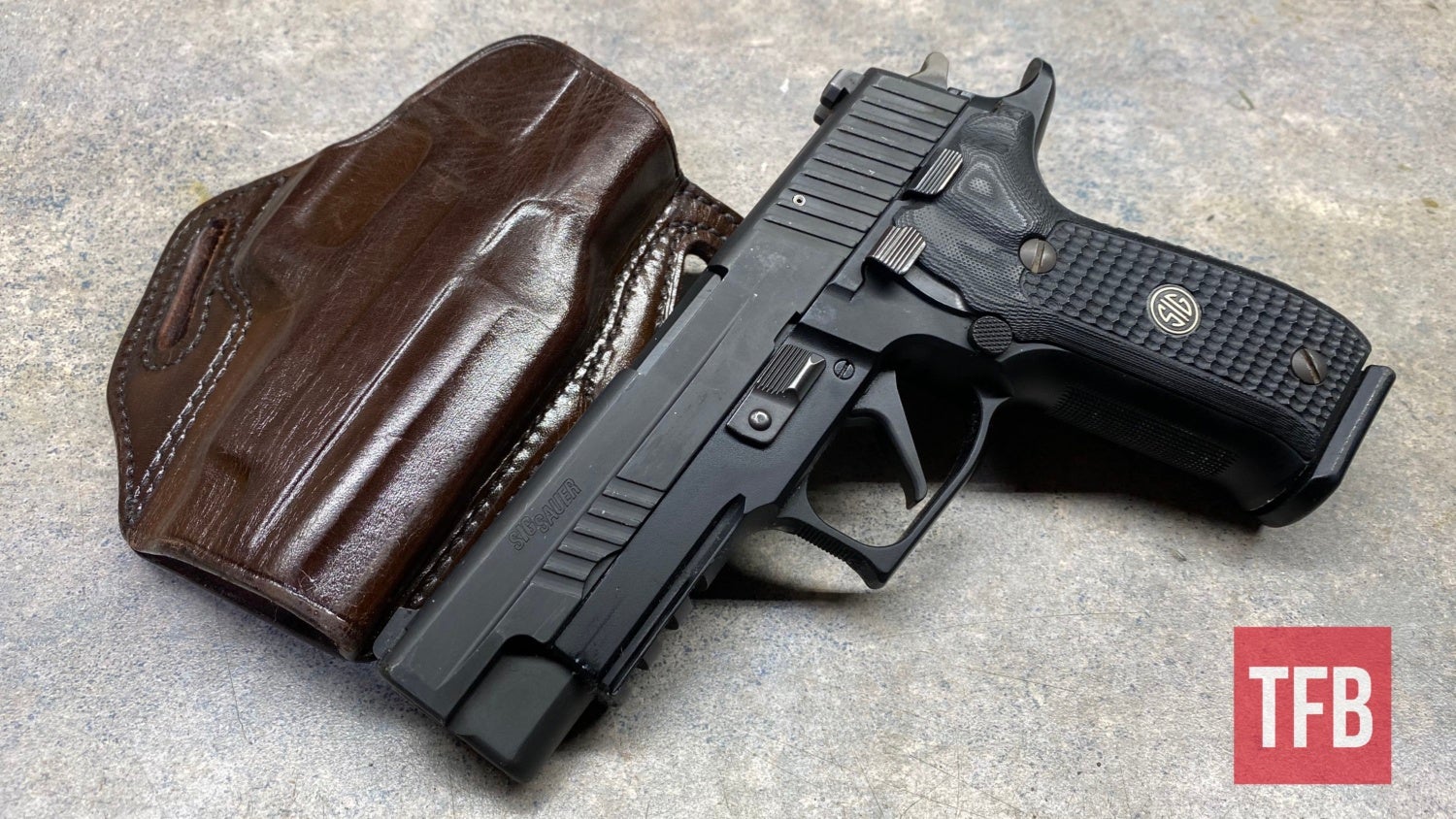
Looking at your body structure as well as what you want to carry is one of the most important determining factors. The biggest positive about waistband carry is the fact it’s consistent. There’s no shuffling or moving about of the gun as you go on with your daily routine. Not everyone will agree with me and that’s perfectly acceptable but I have had the best luck with waistband carry out of everything and it’s never a bad place to start if you’re just starting to look at options.
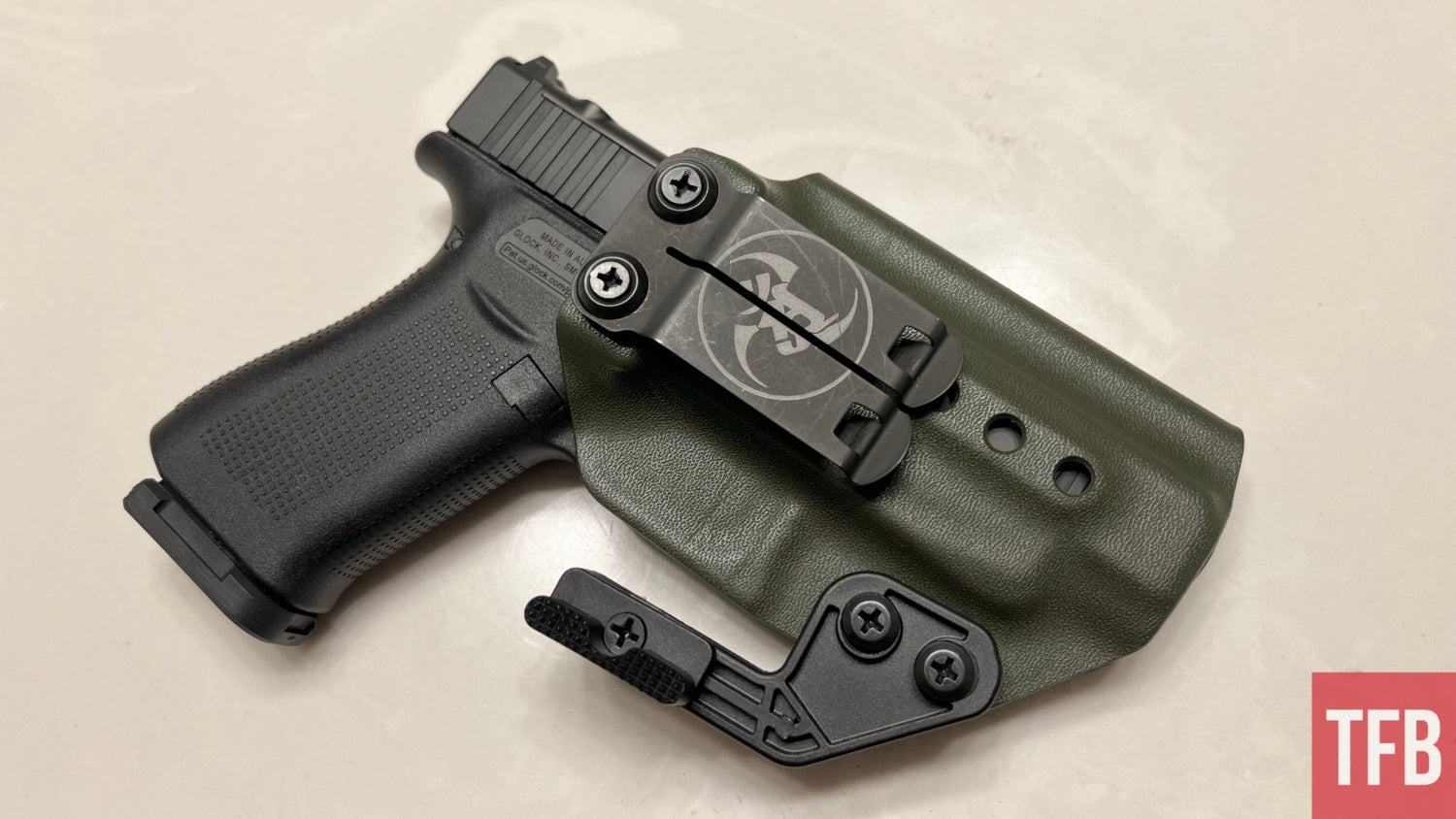
2. Pocket Carry
Pocket carry is ranked so highly in my list just for the fact it’s by far the easiest way to slowly work into carrying a pistol every single day. I honestly started out by carrying a small Kahr Arms PM9 every day in my right pocket which made me feel protected without being uncomfortable with a larger firearm on my body. When pocket carrying, you don’t have to worry really about planning your clothing for carrying a firearm or anything like that but rather just throw your sub-compact pistol in your pocket and go on with your day. The biggest advantage is the convenience and ease of carrying without much effort at all.
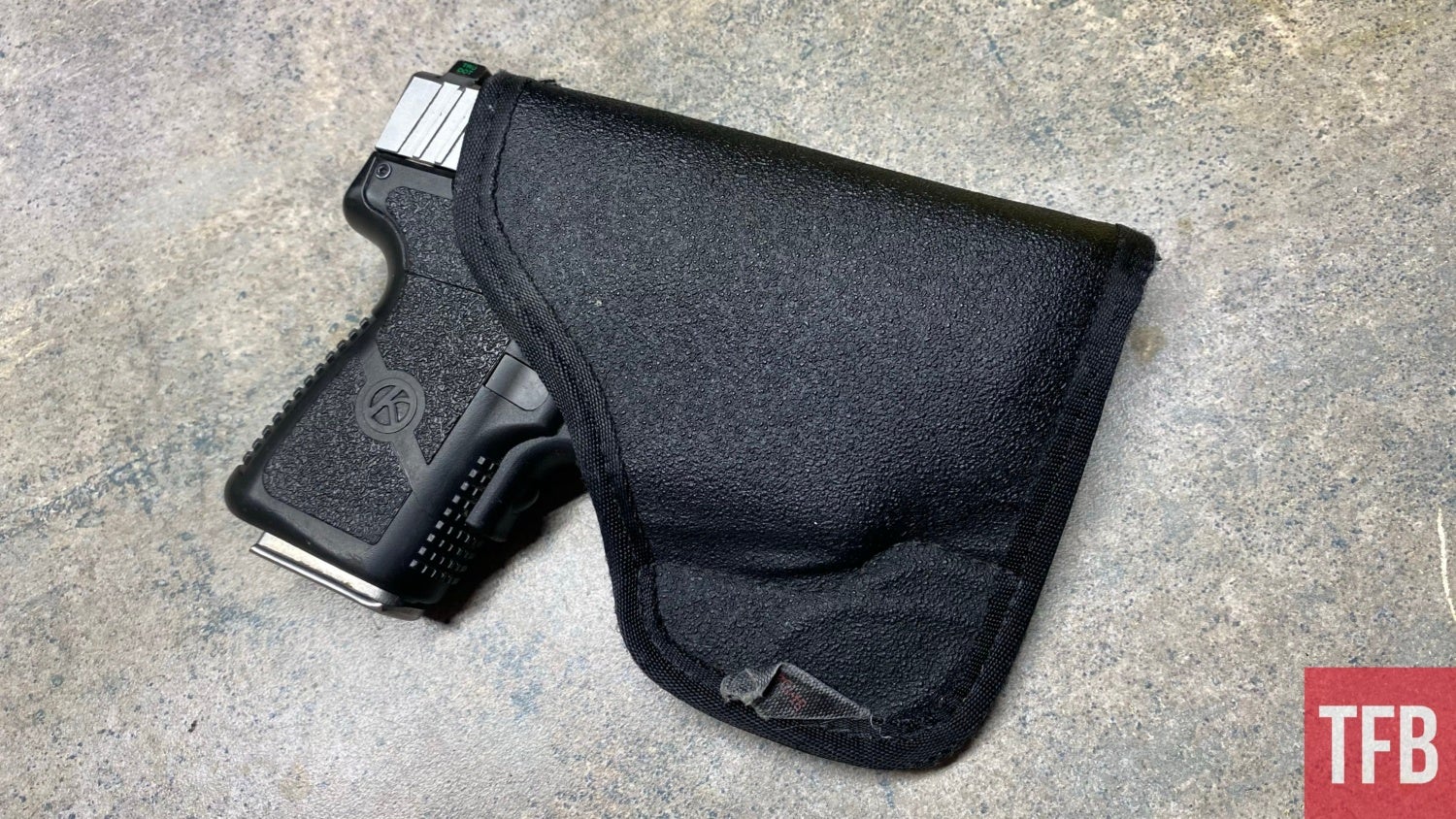
Pocket carry really is an easy way to start out but there are some limitations to carrying this way. The first big disadvantage is the fact you can only carry a firearm that fits in the space of your pants pocket. This will typically be a single-stack micro-style firearm like the Glock 43 or something smaller like the original P365. Slightly larger guns like the Glock 48 or P365 XL are usually too big to comfortably fit into your pocket where you can consistently carry your gun.
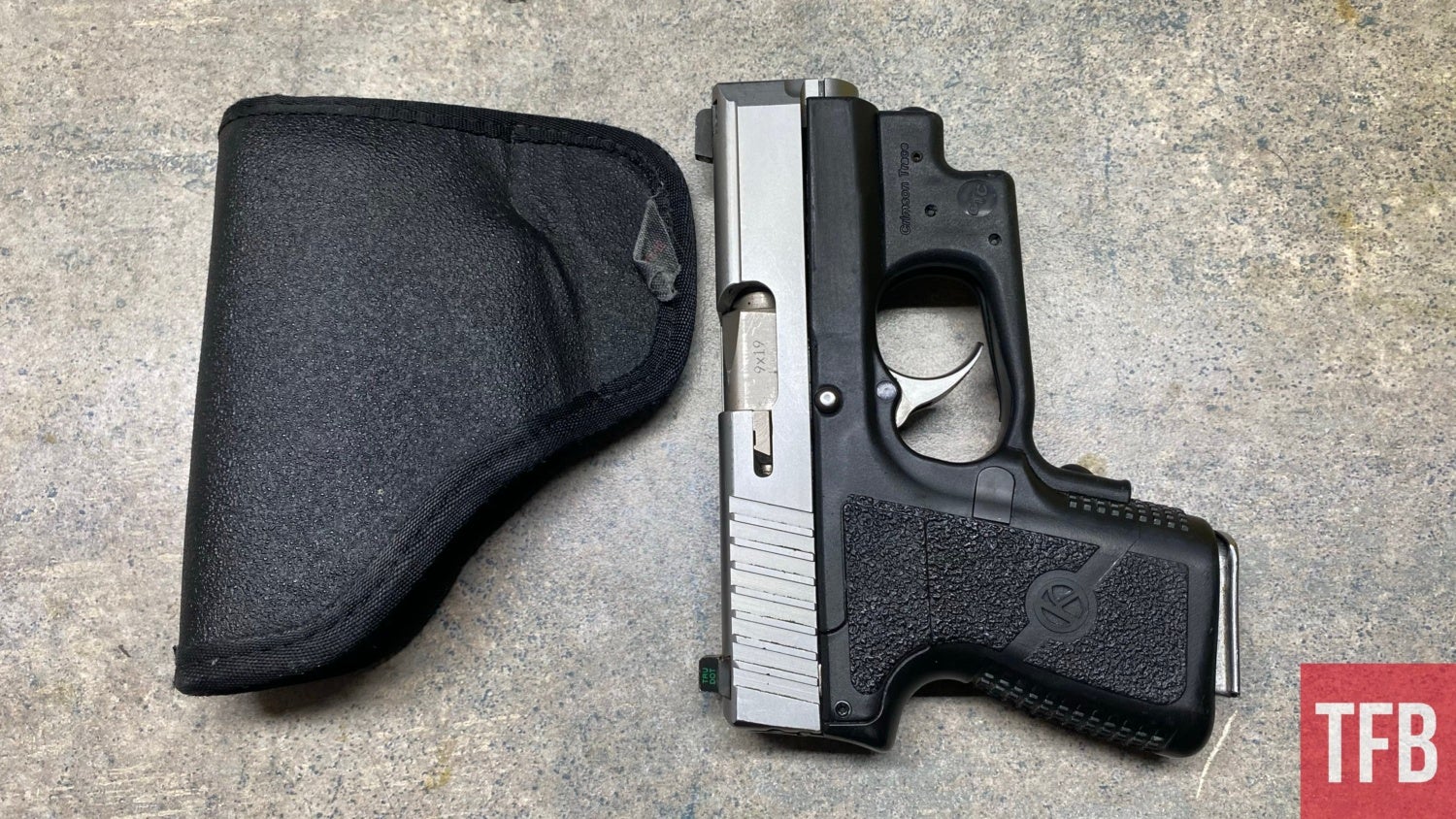
One of the most common mistakes is people trying to carry a mid or full-size firearm in their pocket when they are limited to the overall pocket size. The second slight issue is dedicating an entire pocket to only your carry gun which means the other pocket will be stuffed with all your other items. Pocket carry may have its disadvantages but overall it’s a great way for people to start carrying if they aren’t comfortable carrying a larger firearm.
3. Shoulder Holsters
People oftentimes immediately write off shoulder holsters because it’s reserved for action heroes and 1920s gangsters from Chicago, but there’s actually a fair amount of validity to shoulder holsters. When it comes to carrying large metal-framed pistols or long road trips, it’s hard to beat shoulder holsters. When driving for long distances, having a gun in your waistband can be rather uncomfortable, and carrying in your pocket can be next to impossible to draw under stress. There are little to no obstructions when carrying in a shoulder holster while driving which really does make life easier.
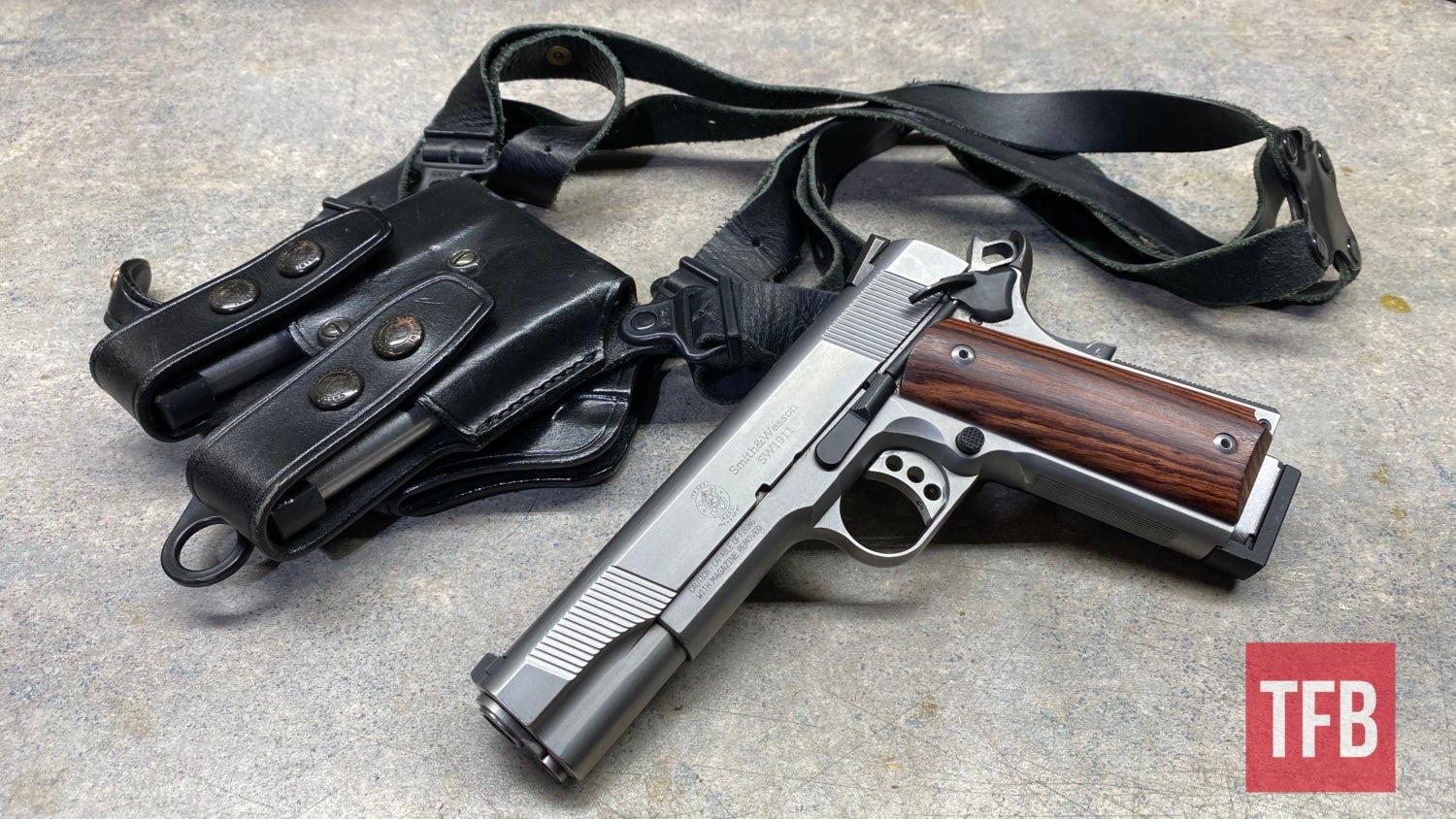
The biggest issue with shoulder holsters as a whole is the difficulty of concealing them. Shoulder holsters will always need some sort of cover garment to be properly concealed whether that’s a light button-up shirt over the holster or some sort of jacket. Typically, this isn’t a huge issue but when it gets into the high 90s with high humidity, the weight and bulk of the straps can start to wear you down in the summer heat. It’s great for the cooler fall or winter months but summertime can be really tough for shoulder carry.
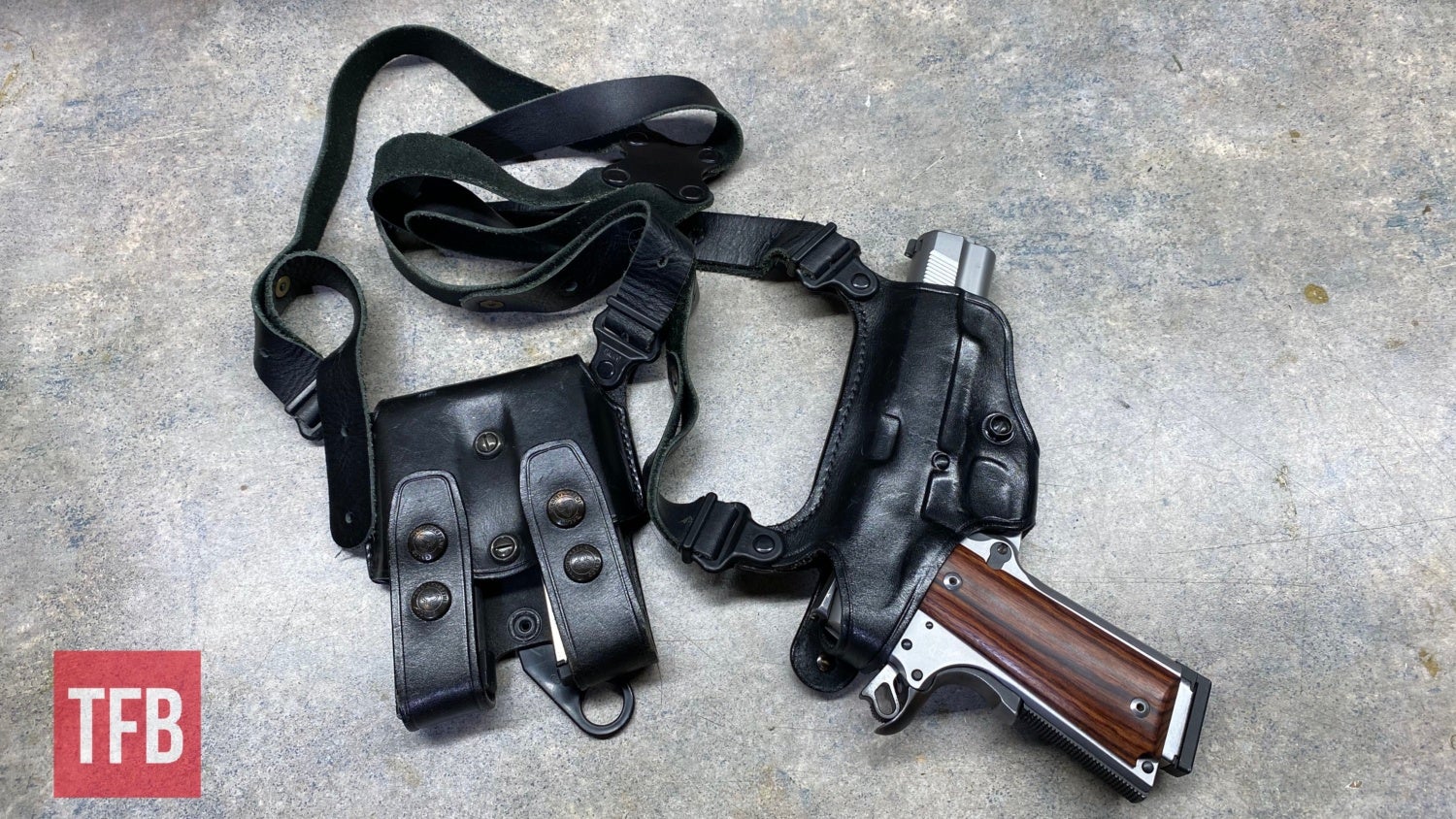
4. Off-Body Carry
Some people don’t want to deal with the extra bulk of carrying a firearm on their body. Off-body carry allows you to carry a larger framed firearm without the discomfort of having it on your person. It allows someone to easily carry not only a larger firearm but also extra magazines, medical supplies or even a larger PDW-style firearm with specialty bags growing in popularity specifically designed for individuals who carry concealed. Off-body carry has a few advantages for people who have a lifestyle where their clothes are form-fitted which makes concealing a firearm really difficult. I’ve seen a number of people who work in a business setting but still want to be armed.
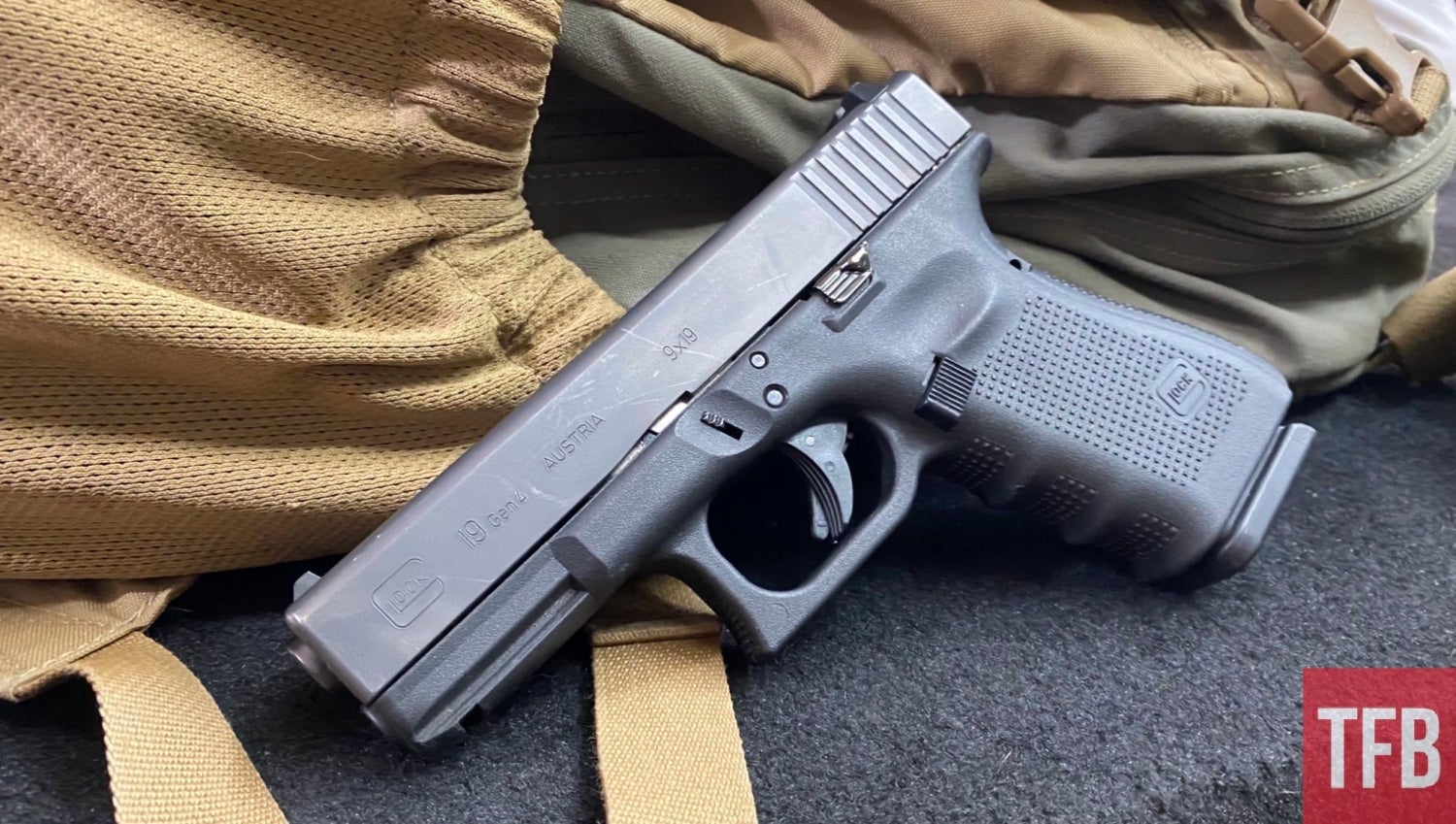
Off-body carry is far from perfect though and most people make a pretty big mistake when off-body carrying. The biggest group of people who carry off-body are usually women. Female carriers think it’s an easy shift to carry concealed since they have a purse. The problem is their gun has the chance of getting stolen with the purse because the purse represents a bag with some sort of monetary value. My biggest piece of advice to people who carry off-body is to never carry in a bag that’s known for having money in it like a purse or expensive bag. It makes you a target for purse snatchers and now that individual not only has your money but also your firearm which adds another layer of problems to your already unfortunate situation.
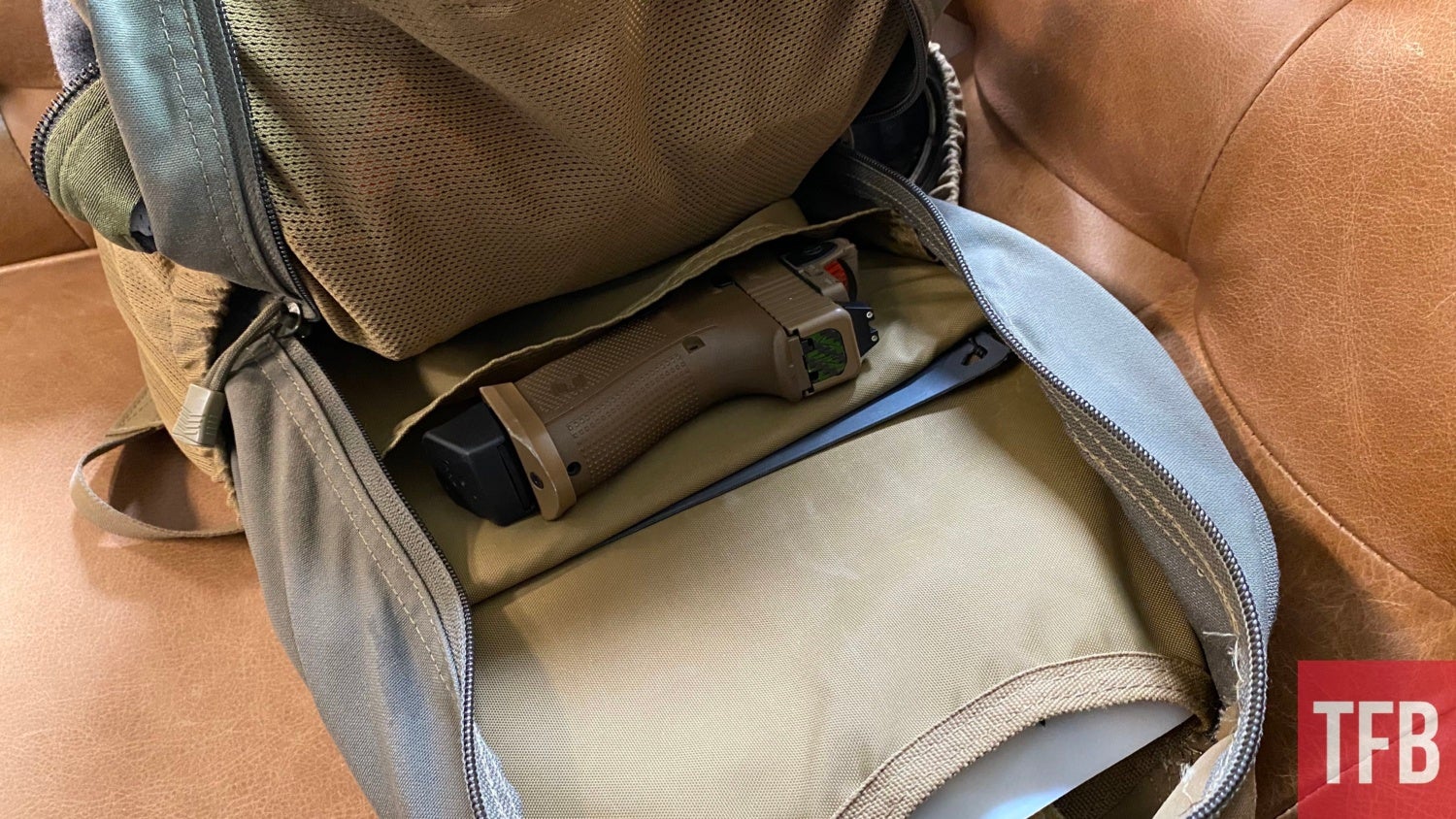
5. Ankle Carry
The last and least effective way to carry your primary concealed carry gun has to be ankle carry. While ankle carry is a rather comfortable way to carry a smaller firearm, there aren’t a ton of positives that make ankle carry a viable option. if you’re a police officer with a primary weapon on your belt, then a backup ankle gun starts to make a lot of sense but for a primary weapon, ankle carry is not the fastest method. Out of all the options, Ankle carry is the furthest away from your center point so it’s naturally slower than having a firearm on your belt or in your pocket. If you’re carrying a backup gun in addition to your primary firearm, ankle carry makes sense but as your main carry option, ankle carry isn’t ideal.
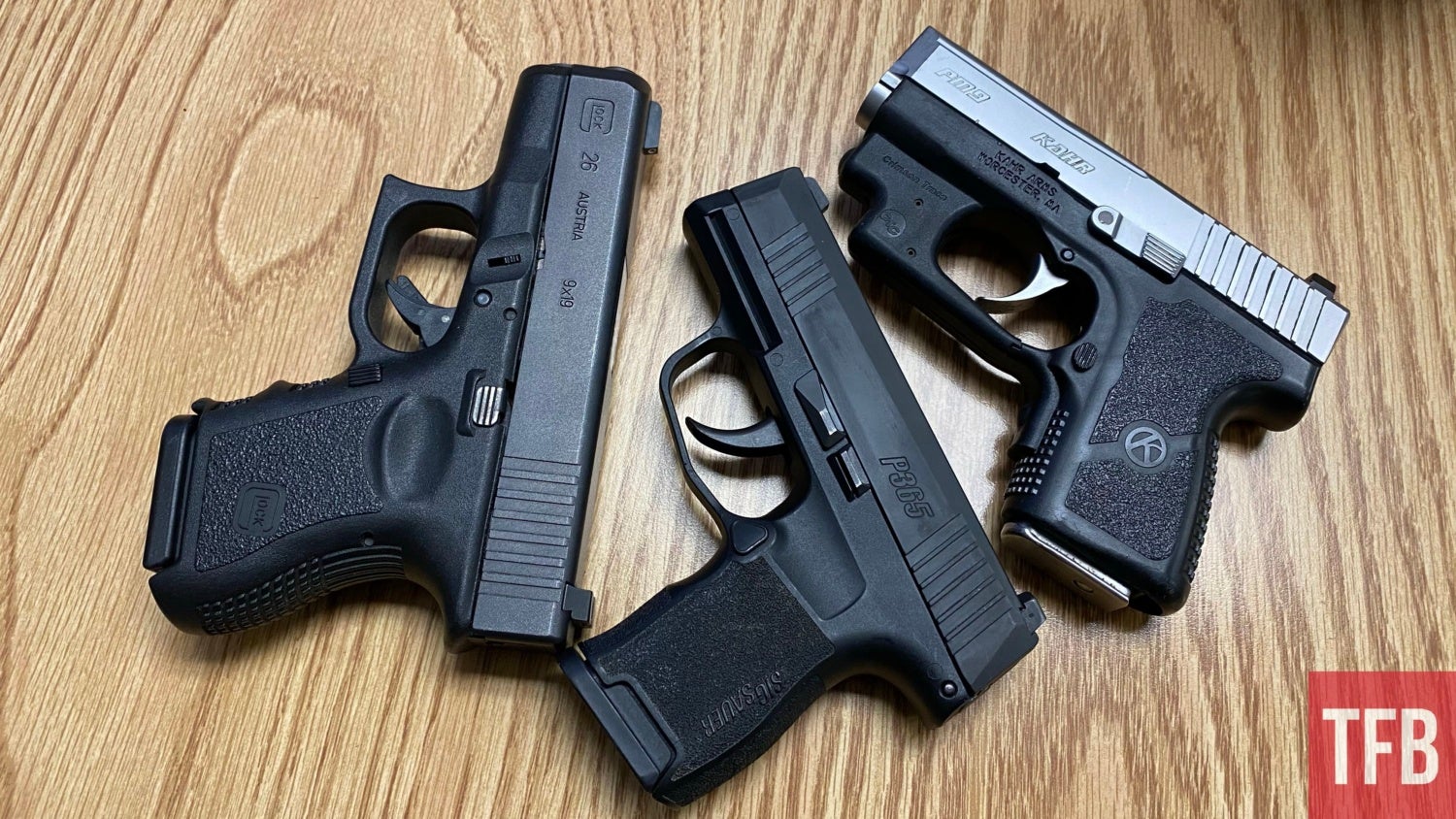
Overall Thoughts
There are a number of different ways to carry a concealed firearm but some are more effective than others. These are some of the most well-known carry methods but there are certainly more options out there so it’s never a bad idea to look at your overall options and figure out what’s best for your body style and lifestyle. What are some of your guy’s favorite carry methods? Let me know your thoughts in the comments below. If you have questions about carry methods or firearms in general, feel free to shoot me a message on Instagram @fridgeoperator. Stay safe out there and we will see you next week for another edition of Concealed Carry Corner.
TFB’s Concealed Carry Corner is brought to you by GLOCK
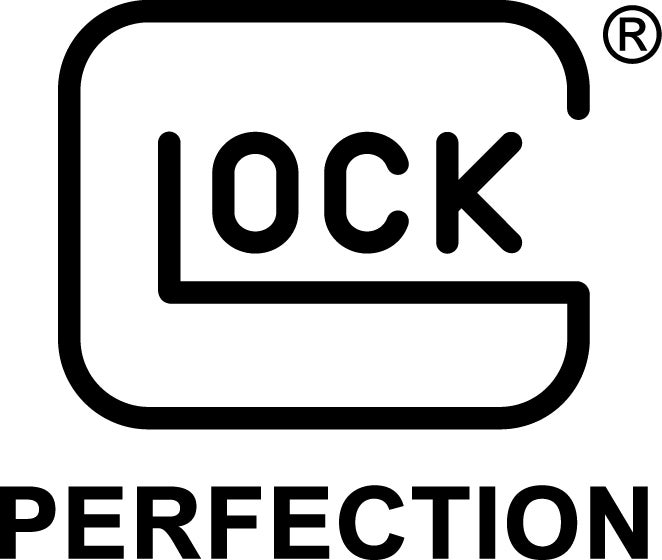
 Your Privacy Choices
Your Privacy Choices
